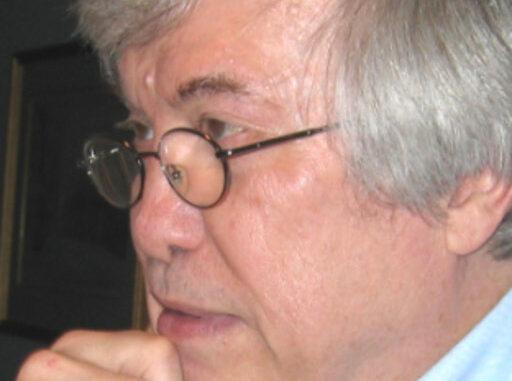
Uncle George eventually showed up and Aunt Margaret asked him what took so long. Uncle George explained that the sheriff was there looking into the matter because it wasn’t the first time the same accident had occurred.
I was 13 years old at the time. When I talked about it at school, a friend confirmed that he had heard of a similar case. It dawned upon me that this may have been the only form of birth control that was available to rural Carolinian African Americans. The death of two babies could hardly have been accidental, but I couldn’t image a mother destroying a child that she had carried inside her body for nine months. It must have been the father. But how could even that be?
African American children generally attended all-black schools with all-black teachers in 1951. But in the rural South, they usually dropped out as soon as they were old enough to pick cotton and crop tobacco. Older generations usually had no education. Condoms cost ten cents back then, the price of a loaf of bread, even if you knew they existed.
Lynching was going on back then and it is still going on today. The only difference is that those who are allowed to lynch Black people are limited to those who wear a uniform and carry a badge. I was told by a former clansman that what the Klan did was not so bad because there was always a sheriff’s deputy or city policeman among the gang of Klansmen. The current killings of Black men and women by gangs of uniformed racists without hoods fit the definition of a lynching. “Hanging” isn’t part of the definition of lynching because historically some lynchings involved shootings and strangling.
For eight years, 1942-1950, I lived in the last house occupied by a white family before the black ghetto in Fayetteville, N.C. (My father was saving up to build us a home in the country and chose the cheapest rental in the city.) In fact, my backyard was separated only by a rusty old chicken-wire fence from the backyard of a black family. I used to play catch with a black kid over that fence.
The closest neighborhood store was a ramshackle little store run by a black woman called Miss Siddie. Mother would send me to that store for bread, milk, butter, other minor items when she was busy cooking and found that she needed these items. Miss Siddie was kind enough to let me into her small world. I was her only white customer and became acquainted with all her regular black customers. All were at least as kind as my white acquaintances.
My mother and father praised the African Americans who worked for them. I spent a summer at Uncle George’s working in tobacco. After work we played baseball with the African American children, never white against Black. I picked cotton after school alongside Black children my age who weren’t in school.
All these things taught me that Black lives mattered far more than they received in compensation.
So, when I was 18 and had an after-school job at Blake’s Florist, I was ready. Mrs. Blake, the proprietor, smoked like a chimney. By 1956, two years after Brown v. Board of Education was handed down, everyone was talking about integration which was about to become a reality. I walked into the shop one day after school and was met by Ms. Blake, smoke billowing from her nostrils. She asked what she thought was a rhetorical question; “Robert, you wouldn’t go to school with n . . .grs, would you?”
I replied, logically and naturally, “Sure, why not?”
Taken aback by my response, she responded, “Well, for one thing, they stink!” she choked out.
I replied, “Well, Mrs. Blake, if you didn’t have enough money to buy a cake of soap, you’d stink, too.” I was fired on the spot.
I’ve never regretted moving to Pennsylvania.
Robert Beard is Professor Emeritus of Bucknell University.
For more on the original article visit: https://www.pennlive.com/opinion/2020/09/how-i-learned-black-lives-matter-opinion.html

Be the first to comment